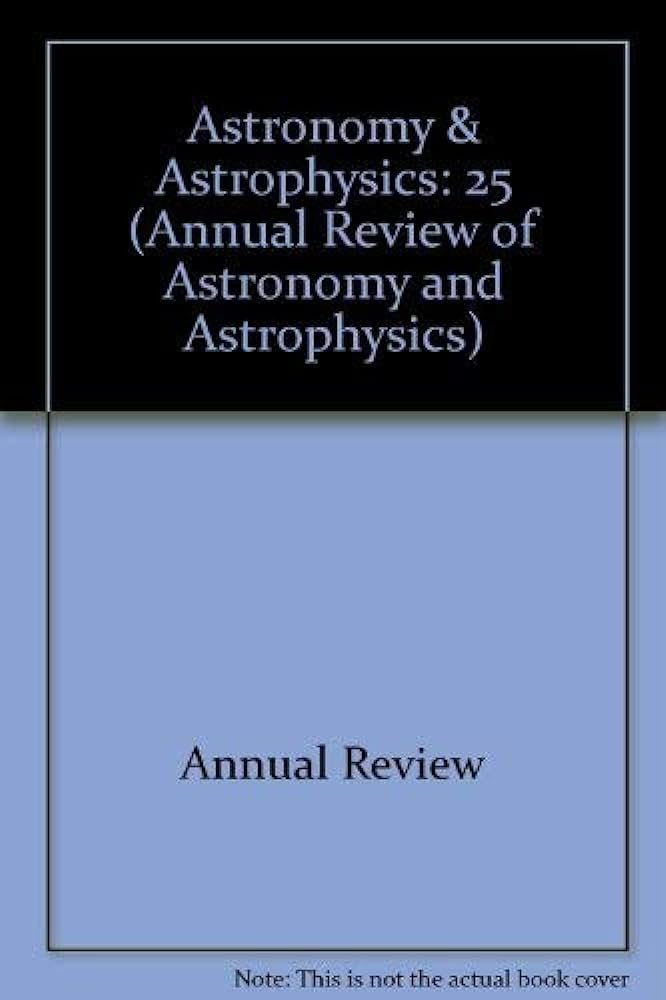彗星化学与冰状太阳系天体的起源:罗塞塔之后的观点
IF 32.5
1区 物理与天体物理
Q1 ASTRONOMY & ASTROPHYSICS
Annual Review of Astronomy and Astrophysics
Pub Date : 2019-08-12
DOI:10.1146/annurev-astro-091918-104409
引用次数: 80
摘要
当乔托在1P/Halley彗星执行任务时的测量结果显示彗发中存在复杂的有机物时,彗星化学的原位研究就开始了。新的望远镜和太空任务提供了彗星挥发物成分的详细远程和现场测量。最近,罗塞塔彗星67P/Churyumov–Gerasimenko(67P)的任务使彗星的母体物种数量和已知同位素比率增加了一倍多。71个母物种中的40个也在前恒星云中和原恒星云中被探测到。大多数同位素比率是非极性的。这种多样的起源与太阳形成了鲜明对比,太阳的物质来自大量坍塌的云层。67P中测得的氙同位素比率可以解释长期以来关于陆地大气氙起源的问题。这些发现强化了彗星确实是ISM和当今太阳系(包括地球上的生命)之间的重要联系的观点。▪ Xe、N、S和Si等物种的非极性同位素比率表明,彗星从原行星盘接收物质。▪ 彗星、极前和原恒星物质的有机存量相似,这使得这种物质在极前阶段几乎没有被彗星吸积。▪ 彗星水中氘氢比的巨大变化表明彗星形成的原行星盘范围很大。▪ 彗星向地球输送的有机物数量可能非常可观。本文章由计算机程序翻译,如有差异,请以英文原文为准。
Cometary Chemistry and the Origin of Icy Solar System Bodies: The View After Rosetta
In situ research of cometary chemistry began when measurements from the Giotto mission at Comet 1P/Halley revealed the presence of complex organics in the coma. New telescopes and space missions have provided detailed remote and in situ measurements of the composition of cometary volatiles. Recently, the Rosetta mission to Comet 67P/Churyumov–Gerasimenko (67P) more than doubled the number of parent species and the number of isotopic ratios known for comets. Forty of the 71 parent species have also been detected in pre- and protostellar clouds. Most isotopic ratios are nonsolar. This diverse origin is in contrast to that of the Sun, which received its material from the bulk of the collapsing cloud. The xenon isotopic ratios measured in 67P can explain the long-standing question about the origin of terrestrial atmospheric xenon. These findings strengthen the notion that comets are indeed an important link between the ISM and today's solar system including life on Earth. ▪ Nonsolar isotopic ratios for species such as Xe, N, S, and Si point to a nonhomogenized protoplanetary disk from which comets received their material. ▪ The similarity of the organic inventories of comets and presolar and protostellar material makes it plausible that this material was accreted almost unaltered by comets from the presolar stage. ▪ Large variations in the deuterium-to-hydrogen ratio in water for comets indicate a large range in the protoplanetary disk from which comets formed. ▪ The amount of organics delivered by comets to Earth may be highly significant.
求助全文
通过发布文献求助,成功后即可免费获取论文全文。
去求助
来源期刊

Annual Review of Astronomy and Astrophysics
地学天文-天文与天体物理
CiteScore
54.80
自引率
0.60%
发文量
14
期刊介绍:
The Annual Review of Astronomy and Astrophysics is covers significant developments in the field of astronomy and astrophysics including:The Sun,Solar system and extrasolar planets,Stars,Interstellar medium,Galaxy and galaxies,Active galactic nuclei,Cosmology,Instrumentation and techniques,
History of the development of new areas of research.
 求助内容:
求助内容: 应助结果提醒方式:
应助结果提醒方式:


